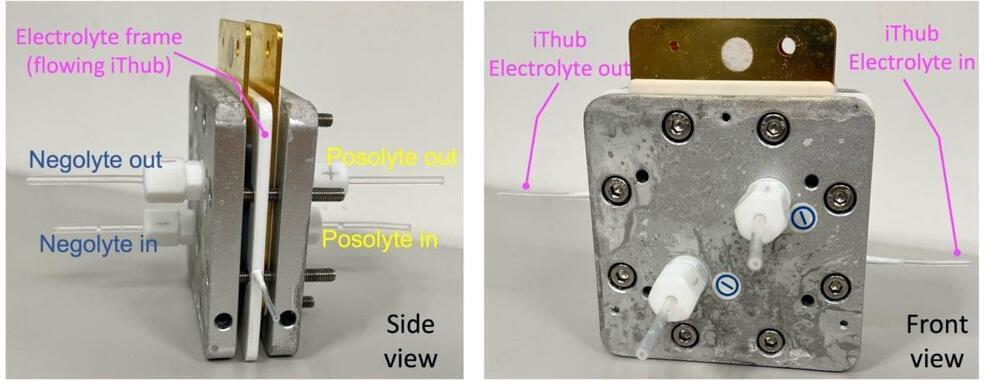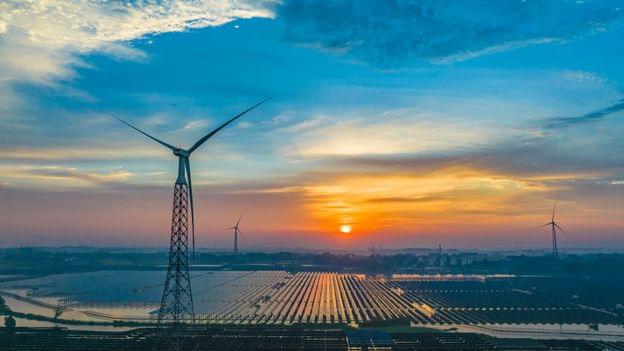A scientist resurfaces a psychedelic retelling of human evolution.
Learn how your company can create applications to automate tasks and generate further efficiencies through low-code/no-code tools on November 9 at the virtual Low-Code/No-Code Summit. Register here.
With the increasing digitization of services across multiple industries, large corporations are pushing for new security measures to keep their customers’ documents and sensitive information secure. Among these measures are passwordless logins, with new authentication methods adding an extra layer of data protection.
The transition to passwordless logins is undeniable, with approximately 60% of large and global enterprises and 90% of midsize enterprises predicted to adopt passwordless methods in at least 50% of use cases, according to a recent Gartner study. This comes as no surprise, as security problems associated with password-only authentication are among the digital world’s biggest vulnerabilities. Consumers are often tempted to reuse passwords across different services due to the difficulty of managing so many passwords.
A Canadian startup called TransPod wants to revolutionize ground-based transportation by sending magnetically levitated trains through vacuum-sealed tubes at ludicrous speeds.
It’s a highly ambitious — and immensely expensive, nevermind comically vague — concept that’s generated some serious buzz in recent weeks.
And we can’t shake the feeling that we’ve seen this kind of design before. Remember the “Hyperloop?”
These days when we are struggling with the pandemic, even breathing with peace of mind has become challenging. Especially the form of the mammalian respiratory system, requiring inhalation and exhalation, leaves us more vulnerable to the propagation of viral diseases.
But now, a group of South Korean artists, Bongkyu Song of BKID and Moon&Jeon, has devised a metal lung concept that uses algae to convert carbon dioxide into oxygen. This device named Super Lung is inspired by the respiratory system of birds. Moreover, its designers assert that this concept increases mammalian respiratory efficiency by 300%. But how?
“The Ce electrolyte is highly oxidative, which poses a challenge towards the stability of anion membrane,” Daoud said. “Thus, the stability and selectivity of anion membrane require further improvement.”
The device achieved a voltage plateau of 2.3 V at 20 mA cm − 2, energy efficiency of 71.3% at 60 mA cm − 2, and a record average Coulombic efficiency of 94% during cycling.
A new AI system can create natural-sounding speech and music after being prompted with a few seconds of audio.
AudioLM, developed by Google researchers, generates audio that fits the style of the prompt, including complex sounds like piano music, or people speaking, in a way that is almost indistinguishable from the original recording. The technique shows promise for speeding up the process of training AI to generate audio, and it could eventually be used to auto-generate music to accompany videos.
Limitless renewable energy would offer tantalising benefits: emissions-free heating, greener fertiliser and electric transport. But overcoming the obstacles will not be easy.
Here we go again. The virus is starting to surge in many European countries and there are early signs a wave may be starting in the U.S. too.
Amazon.com Inc. is shutting down tests of its home delivery robot, the latest sign that the e-commerce giant is starting to wind down experimental projects amid slowing sales growth.
After a 10-year research study that started by accident and was met with skepticism, a team of Northeastern University mechanical engineers was able to synthesize highly dense, ultra-narrow silicon nanowires that could revolutionize the semiconductor industry. Their research appears in Nature Communications.
Yung Joon Jung, Northeastern professor of mechanical and industrial engineering, says it might have been his favorite research project.
“Everything is new, and it required a lot of perseverance,” says Jung, who specializes in engineering and application of nanostructure systems and previously studied carbon nanotubes.








